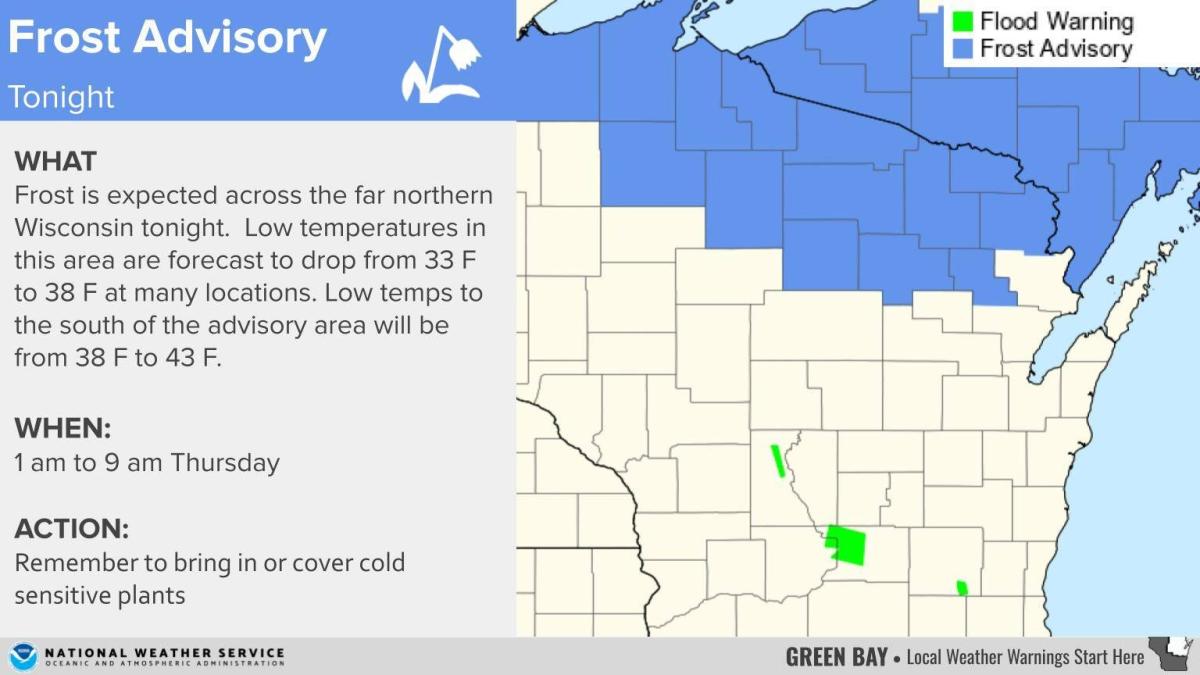A report from the NWS Fort Worth TX on Friday at 8:56 p.m. warns of strong thunderstorms until 9:30 p.m. The alert is for Jack, Wise, Palo Pinto, Parker and Hood counties.
The storms may bring wind gusts of up to 50 mph and nickel-sized hail (0.88 inches).
“At 8:56 p.m., Doppler radar tracked strong thunderstorms along a line extending from 8 miles northwest of Jacksboro to near Palo Pinto. Movement was east at 40 mph,” says the NWS. “Gusty winds could knock down tree limbs and blow around unsecured objects. Minor damage to outdoor objects is possible.”
The NWS states, “These storms may intensify, so be certain to monitor local radio stations and available television stations for additional information and possible warnings from the National Weather Service. A Severe Thunderstorm Watch remains in effect until midnight for north central Texas.”
This alert is in effect until 9:30 p.m.
What to do as threat of lightning approaches?
Lightning strikes the United States about 25 million times a year. Most of the strikes occur in the summer, killing 20 people each year, according to the NWS. Chance of lightning increases as a thunderstorm approaches and peaks when the storm is overhead. It diminishes as the storm moves away.
Here are tips on how to stay safe during a thunderstorm:
• To minimize risk of being struck by lightning, when going outside, have a plan to get to a safer place.
• If the sky turns ominous and thunder can be heard, find a secure place for shelter.
• Once indoors, avoid touching corded phones, electrical equipment, plumbing, and windows and doors.
• Wait for 30 minutes after the final lightning or thunder before heading outside again.
If finding indoor shelter is not an option:
• Avoid open fields, the top of a hill, or a ridge top.
• Stay away from tall, isolated trees or other tall objects. If you are in a forest, stay near a lower stand of trees.
• If you are in a group, spread out to avoid the current traveling between group members.
• If you are camping in an open space, choose a valley, ravine, or low area for your campsite. Remember, tents do not shield you from lightning.
• Maintain a safe distance from water, wet items, and metal objects. Water and metal do not attract lightning, yet they conduct electricity efficiently.
What steps to follow when driving in the rain?
• Turn on headlights — Even in daylight, using headlights can help improve visibility and let other drivers know where you are.
• While driving — Stick to the middle lanes and stay on elevated ground. Rainwater tends to accumulate at the road edges.
• Avoid puddles — Driving into puddles or low rainwater areas can lead to vehicles hydroplaning or losing control.
• Do not follow large vehicles closely — Large vehicles like trucks or buses can create a spray of water that can reduce your visibility.
• Steer clear of flooded areas — When coming to a flooded road, turn around and head back. Flash flooding currents are strong and can sweep drivers off roadways. Driving through deep water can also affect a vehicle’s mechanical and electrical systems.
What is hydroplaning?
Hydroplaning occurs when a vehicle begins to slide uncontrollably on wet roads.
This happens when water in front of the tire builds up faster than the vehicle’s weight can push water out of the way. The water pressure then causes the vehicle to rise and slide on a thin layer of water between the tires and the road, making the driver lose control. The three main causes of hydroplaning are:
1. Vehicle speed — When a vehicle’s speed increases, the tire-traction grip and ability to control the vehicle decreases. Drive at a reduced speed during wet weather.
2. Water depth — The deeper the water, the sooner a vehicle loses traction on the road. It doesn’t matter how deep the water is, even a thin layer can lead to hydroplaning.
3. Tire tread depth — Checking your tire tread before hitting the road is important, as low or no tread can lead to sliding.
In the event of your vehicle hydroplaning, here’s what to know:
• Ease off the accelerator — Step off the gas to slow down the vehicle until the tires find traction.
• Turn into the skid — Turning into the skid can help the vehicle’s tires realign to regain control.
• Make sure the tires reconnect with the road — During the skid, wait until the tires reconnect with the road and then gently straighten the wheels to regain control.
• Brake gently as needed — Brake normally if the vehicle has anti-lock brakes and pump brakes gently if in an older vehicle.
Source: The National Weather Service
Signup bonus from





